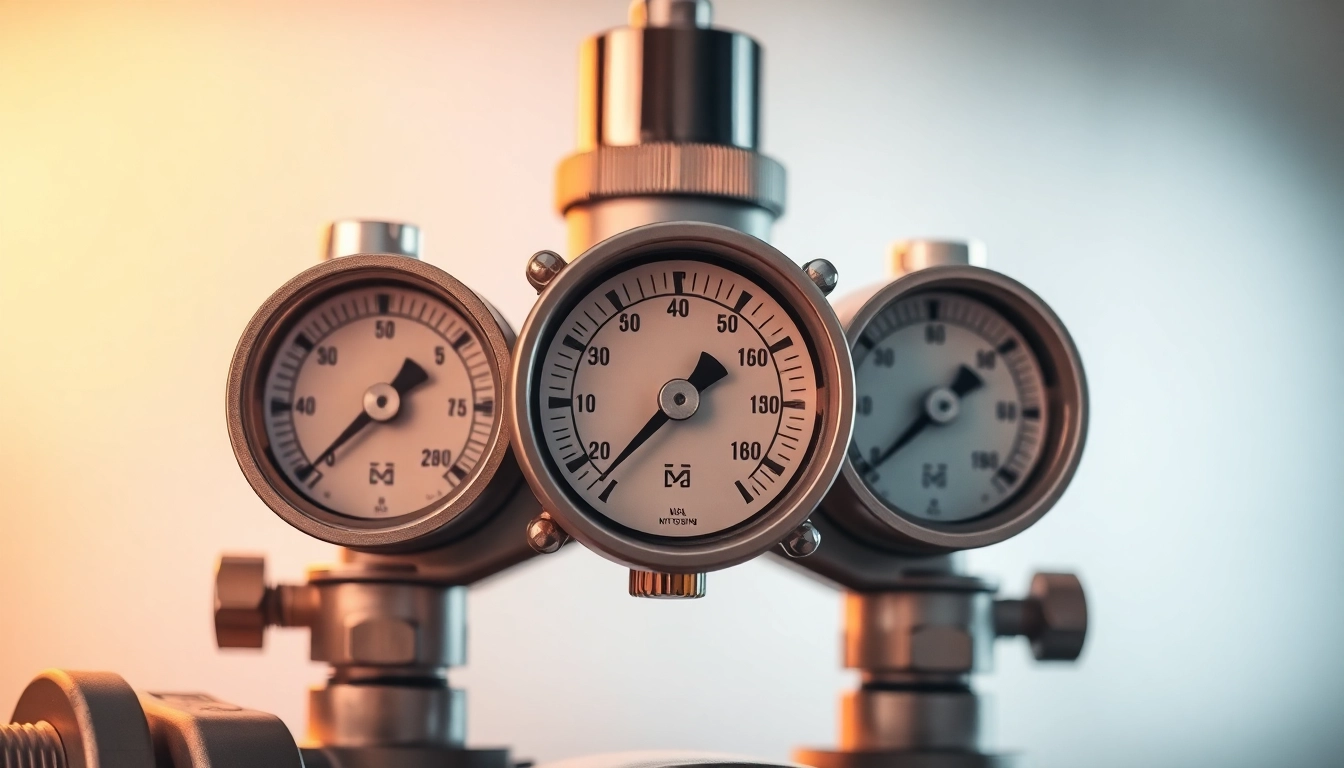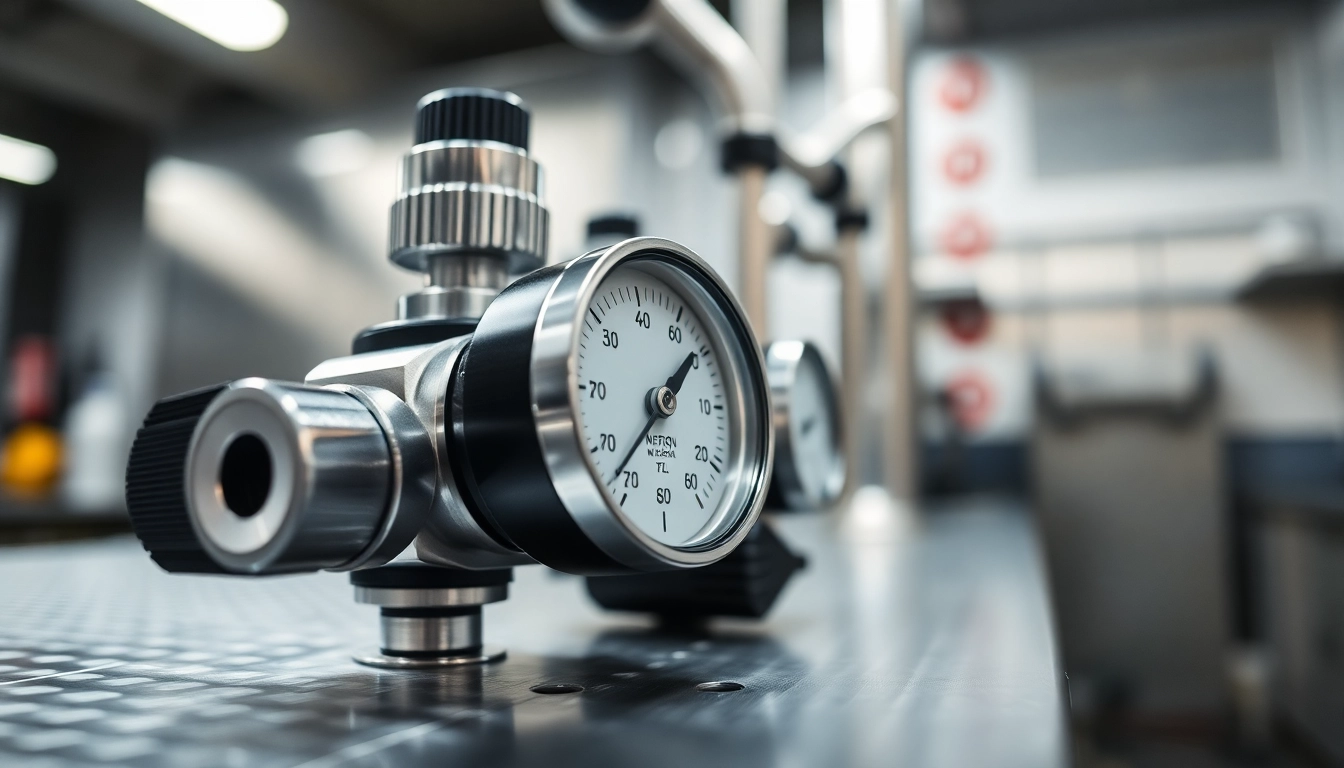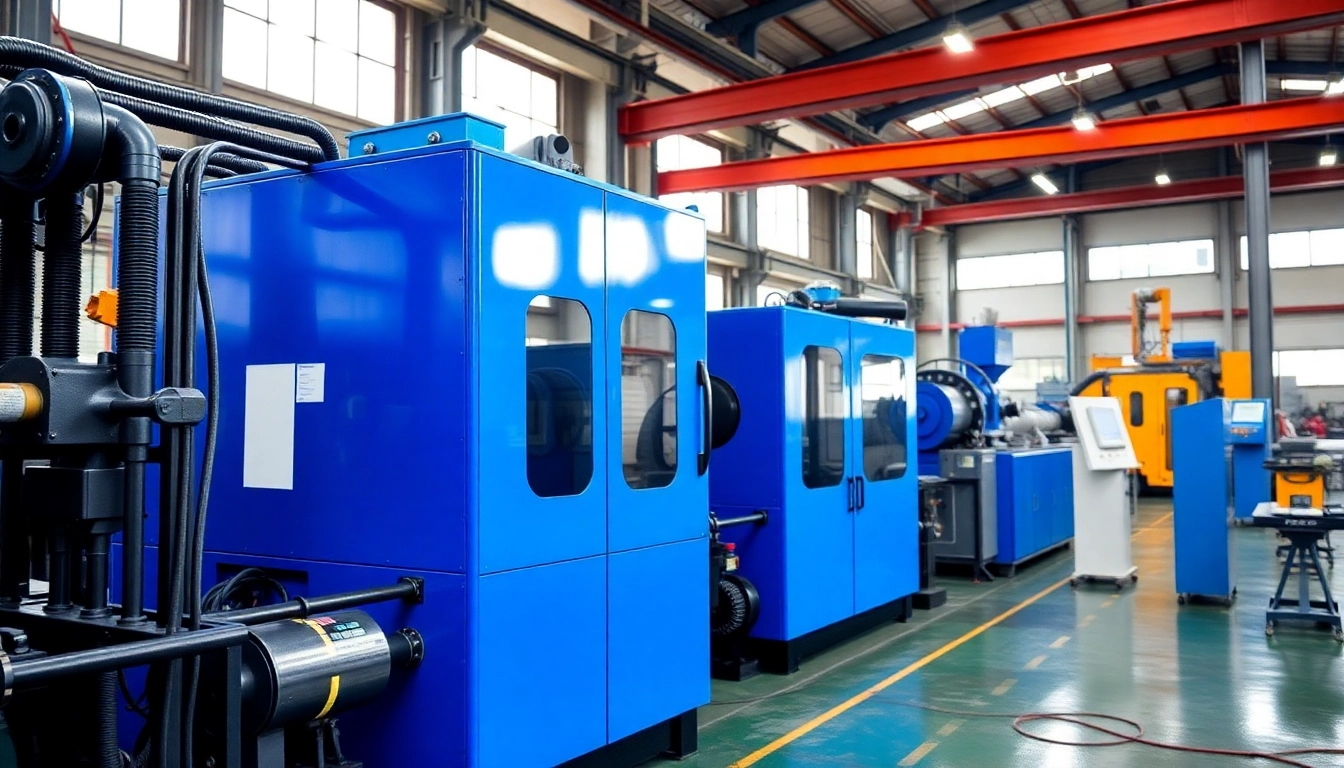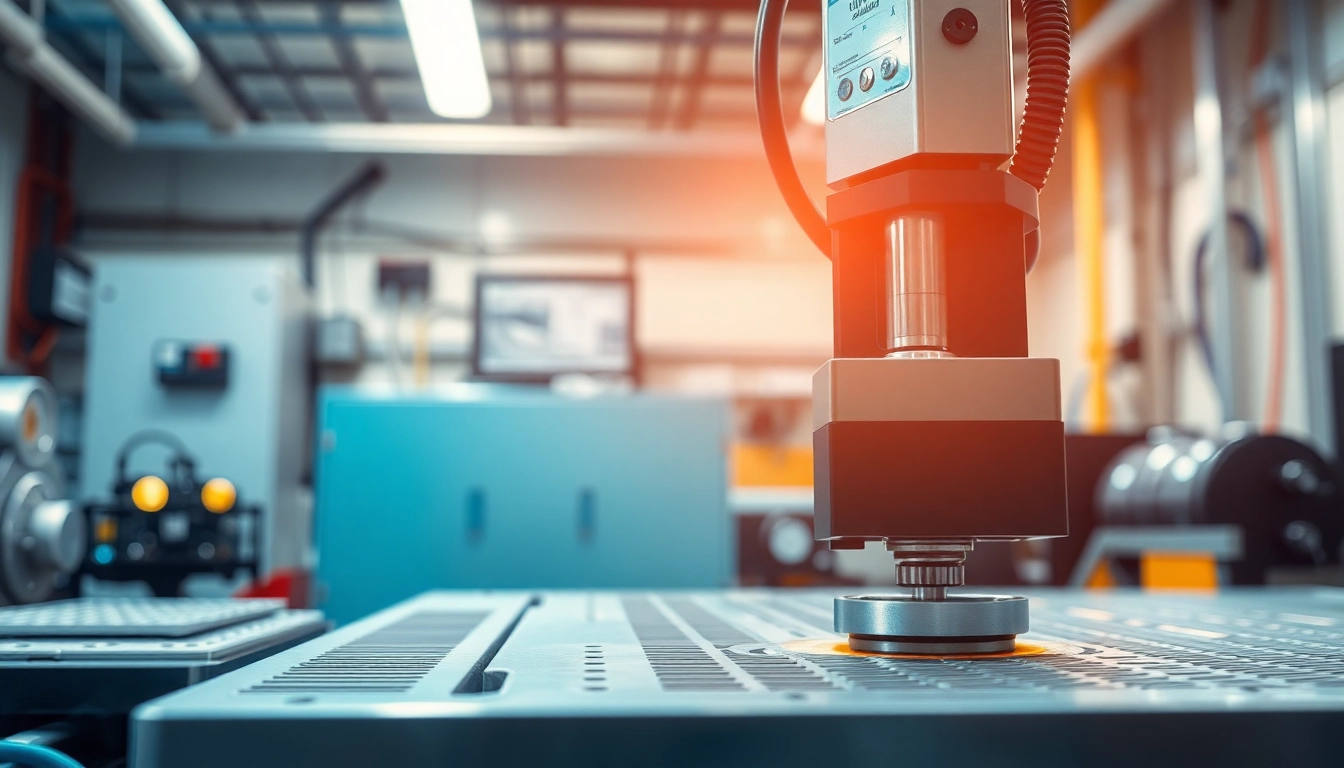Understanding Nitrogen Regulators
Nitrogen regulators play a crucial role across various industries and applications where precision control of nitrogen gas is required. These devices are designed to regulate the flow and pressure of nitrogen gas from a supply source, ensuring its safe and effective use in numerous settings, from laboratories to heavy industry. For a comprehensive understanding of how these devices operate and their essential features, it’s important to delve into their fundamental purpose and functionality—starting with the definition of a nitrogen regulator.
What is a Nitrogen Regulator?
A nitrogen regulator is a device that controls the pressure and flow of nitrogen gas supplied from a high-pressure cylinder, ensuring it can be safely utilized in various processes. These regulators adjust the force at which nitrogen is released, allowing operators to set specific pressures that meet the needs of their application. Regulations can vary widely between industrial uses, laboratory experimentation, and culinary applications.
Key Components of Nitrogen Regulators
Understanding the key components of nitrogen regulators can illuminate how they function effectively. The principal elements include:
- Pressure Gauge: This provides a clear reading of the current pressure level of nitrogen flowing through the system.
- Control Valve: This adjustable component controls the flow rate of nitrogen. Operators can modify this to suit specific requirements.
- Inlet and Outlet Connections: Typically designed to fit standard nitrogen cylinders and delivery hoses, these ensure a secure link to both gas supply and application devices.
How Nitrogen Regulators Work
The operational mechanics of a nitrogen regulator is based on principles of pressure differentials. When nitrogen is released from a high-pressure tank, the regulator steps down the gas’s pressure to a usable level. This is achieved through a diaphragm mechanism that responds to the changes in outlet pressure, adjusting the flow as necessary to maintain a consistent output.
Types of Nitrogen Regulators
The type of nitrogen regulator selected can greatly influence its efficacy in different applications. Various designs cater to specific user needs, including:
Single vs. Dual Outlet Nitrogen Regulators
Single outlet nitrogen regulators have one outlet for gas flow, making them ideal for simple applications where only one device requires nitrogen. Conversely, dual outlet models allow simultaneous connections to multiple devices, making them versatile for complex systems requiring nitrogen gas.
Preset vs. Adjustable Nitrogen Regulators
Preset nitrogen regulators come calibrated to deliver a specific pressure and flow rate, ideal for consistent usage across tasks. Adjustable regulators, on the other hand, allow users to manually set different pressures, accommodating a wide variety of tasks and changing requirements over time.
Specialized Nitrogen Regulators for Various Applications
Beyond standard models, there are specialized regulators tailored to specific applications. For instance, some regulators are constructed to withstand higher pressures typically encountered in industrial settings, while others may be optimized for lower pressures suitable for beer dispensing or food preservation. Each design has distinct features ensuring they perform effectively in their intended environment.
Common Applications of Nitrogen Regulators
Nitrogen regulators find widespread use in several sectors, reflecting their adaptability and essential functionality. Here are some prominent applications:
Usage in HVAC Systems
In heating, ventilation, and air conditioning (HVAC) systems, nitrogen is used for pressure testing and purging. Regulators ensure a controlled flow of nitrogen, which is essential for maintaining system integrity and efficiency during maintenance procedures. The precise delivery of nitrogen helps locate leaks and maintains a clear pathway for effective system performance.
Nitrogen Regulators in Food and Beverage Industries
In the food and beverage sector, nitrogen regulators are utilized for packaging and preserving products. By replacing atmospheric oxygen with nitrogen, the shelf life of perishable items can be extended significantly. Regulators allow for the proper flow of nitrogen into modified atmospheric packaging (MAP) systems, safeguarding product quality while reducing spoilage rates.
Nitrogen Regulators for Laboratory and Industrial Use
Laboratories frequently employ nitrogen regulators for myriad applications, from transporting samples in a stable environment to assisting in sensitive analyses. The consistency achieved through regulated nitrogen flow ensures that experiments yield reliable results, while in industrial environments, nitrogen is often involved in inerting processes, safeguarding products from oxidation.
Choosing the Right Nitrogen Regulator
When selecting a nitrogen regulator, it’s critical to consider various factors to ensure it meets your specific needs effectively.
Key Factors to Consider
Some essential factors include:
- Pressure Requirements: Evaluate the necessary pressure levels for your application to choose an appropriate regulator design.
- Flow Rate: Ensure the regulator supports the required flow rate, especially in applications where multiple devices are in use simultaneously.
- Compatibility: Confirm that the regulator’s connections align with your nitrogen supply and system components.
How to Assess Quality and Performance
Quality and performance assessment should focus on durability and the reliability of materials used in the regulator. Reviewing product specifications, certifications (e.g., ISO, ANSI), and customer reviews can help gauge performance under different scenarios.
Price Ranges and Brands Overview
Nitrogen regulators can vary significantly in price, depending on their type, features, and brand reputation. Entry-level models may start as low as $20, while high-end specialized regulators tailored for industrial applications can exceed $300. Brands like Victor, Uniweld, and Radnor are known for reliable products and rigorous testing standards ensuring longevity and dependable service.
Maintenance and Safety Tips for Nitrogen Regulators
Ensuring optimal operation of nitrogen regulators through regular maintenance not only prolongs their lifespan but also enhances workplace safety. Here are some recommendations:
Regular Maintenance Practices
Routine inspections should include checking for leaks, ensuring gauges are functioning accurately, and replacing any worn or damaged components. Cleaning connections is vital to prevent contaminant ingress, while lubricating moving parts ensures smooth operation.
Safety Precautions You Must Know
When handling nitrogen regulators, always wear proper personal protective equipment (PPE) and ensure adequate ventilation in work areas. This is particularly vital in confined spaces, as nitrogen gas can displace oxygen and pose health hazards. Additionally, always follow the manufacturer’s guidelines for installation and operation to mitigate risks.
Troubleshooting Common Issues
Operators frequently encounter issues such as fluctuating pressure or leaks. Fortunately, many of these issues can be addressed simply by tightening connections, replacing faulty seals, or adjusting pressure settings. For persistent problems, consulting with a professional or referencing technical support documentation from the manufacturer may provide solutions.



